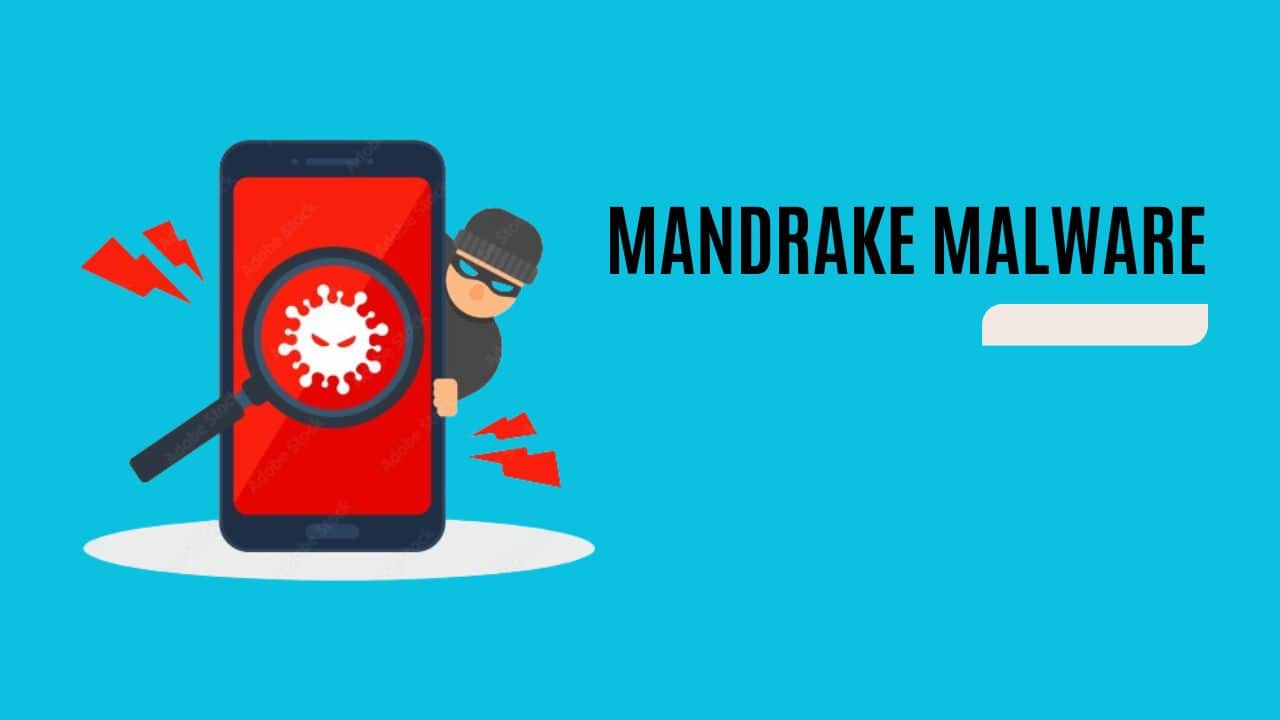Security researchers have recently uncovered a new version of Mandrake, a highly sophisticated Android spyware tool. This dangerous malware was first analyzed by Bitdefender in May 2020, revealing that it had been operating undetected for at least four years. In April 2024, Kaspersky researchers identified suspicious samples which were later confirmed to be an updated version of Mandrake. This discovery marks a significant development in the ongoing battle against cyber-espionage tools.
Hidden in Popular Apps
The latest variant of Mandrake was found hidden within five applications on Google Play, spanning from 2022 to 2024. These applications managed to amass over 32,000 downloads while remaining undetected by other cybersecurity vendors. The most downloaded app, named AirFS, accumulated over 30,000 installations before it was removed from the platform in March 2024. This highlights the malware’s ability to infiltrate widely used apps and evade detection for an extended period.
Advanced Evasion Techniques
Kaspersky’s advisory detailed how the new Mandrake samples have significantly enhanced their obfuscation and evasion tactics. One key change is the relocation of malicious functions to obfuscated native libraries, which makes them much harder to analyze compared to previous versions. Additionally, the malware now employs certificate pinning to secure its communications with command-and-control (C2) servers. This ensures that data transmissions remain hidden from prying eyes.
Moreover, Mandrake has incorporated various tests to avoid detection on rooted or emulated devices. These include checks for the presence of analyst tools and specific system characteristics that could indicate a virtual environment. These sophisticated evasion techniques make it increasingly challenging for cybersecurity experts to detect and analyze the malware effectively.
Multi-Stage Infection Chain
From a technical standpoint, the new Mandrake version operates through a complex, multi-stage infection chain. Initially, malicious activity is concealed within a native library, which makes it harder to analyze than previous campaigns where the first stage was embedded in the DEX file. Upon execution, this first-stage library decrypts and loads the second stage, which then initiates communication with the C2 server.
If the C2 server deems the device relevant, it commands the device to download and execute the core malware. This core malware is designed to steal user credentials and deploy additional malicious applications, thereby expanding its reach and impact. The infection chain’s multi-stage nature makes it a formidable threat, as each stage adds an additional layer of complexity and evasion.
Enhanced Evasion and Encryption
Mandrake’s evasion techniques have become more sophisticated with each iteration. The malware now includes advanced checks for emulation environments, rooted devices, and the presence of analyst tools. These enhancements make it extremely challenging for cybersecurity experts to detect and analyze the malware. Furthermore, the threat actors behind Mandrake have employed a novel approach to data encryption and decryption, utilizing a mix of custom algorithms and standard AES encryption.
Impact on the Cybersecurity Landscape
The discovery of this new Mandrake variant underscores the evolving nature of cybersecurity threats. Kaspersky’s findings highlight that the Mandrake spyware is continuously improving its methods of concealment, sandbox evasion, and bypassing new defense mechanisms. This ongoing evolution makes it increasingly difficult for cybersecurity measures to keep pace with the threat.
Kaspersky’s advisory emphasized the formidable skills of the threat actors behind Mandrake, noting that the applications in the first campaign went undetected for four years, while the current campaign lurked in the shadows for two years while still available for download on Google Play. This situation underscores the need for stricter controls and more rigorous vetting processes for applications before they are published in official marketplaces.
Implications for Users and Developers
The presence of such sophisticated malware on a widely trusted platform like Google Play raises significant concerns for both users and developers. Users need to be more vigilant about the apps they download, ensuring they come from trusted sources and are regularly updated. Developers, on the other hand, must implement more robust security measures in their applications to prevent them from being exploited by malicious actors.
The discovery of the new Mandrake variant is a stark reminder of the ongoing challenges in the cybersecurity landscape. As threat actors become more sophisticated, the need for robust and adaptive security measures becomes ever more critical. It is essential for users to stay vigilant, keep their devices updated, and only download apps from trusted sources. By understanding the nature of these threats and how they operate, both users and cybersecurity professionals can better protect against the evolving landscape of digital threats.
The battle against cyber-espionage tools like Mandrake is far from over, and continuous efforts are needed to stay ahead of these sophisticated threats. Enhanced security measures, user awareness, and rigorous app vetting processes are crucial in safeguarding against such malicious activities.





































